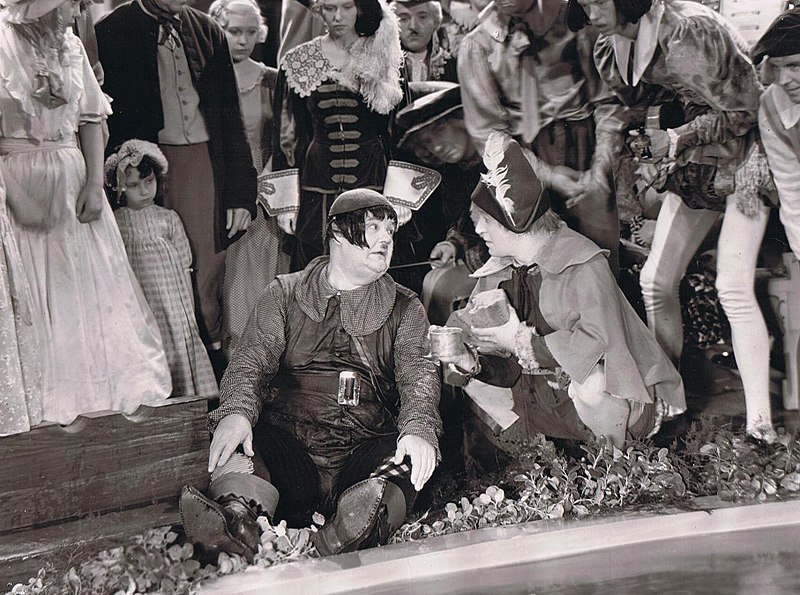The Impossible is about a family doing all the right things. Mother doesn't allow the children to drink Coke Cola. The parents discuss their financial future. The boys for the most part get along. The family even participates in the Yi Peng lantern festival in Thailand, where they are vacationing in Christmas, 2004. Life couldn't be more perfect. Naomi Watts and Ewan McGregor are a couple with three children (Tom Holland, Samuel Joslin, and Oaklee Pendergast) vacationing in Thailand in the winter of 2004. Things seem to be going well. The day after Christmas, however, the world found out that a tsunami had struck South Asia and Southeast Asia, with after effects reaching as far as the east coast of Africa, killing over 230,000 people. This family is caught up in it, separated and struggling not only to find each other, but to survive.
The Impossible works in several areas. Chiefly, as a visual and emotional experience, it's incredible. It's a coming-of-age story but a more realistic one, largely abstaining from using the fantastical elements of some of the more recent famous coming-of-age stories. Rarely do these kinds of stories deal with such serious topics. And because of its coming-of-age nature, young actor Tom Holland deserves much acclaim for his performance. Consider also that it treats the simple subject of human injury more realistic than many films today do. McGregor's eye appears bloody for most of the movie, Holland's vertebrae looks painfully bruised, and another character's wound sent groans throughout the audience (as it should have). Compare this to the recent "Hobbit" movie, in which the characters fall off of (how many?) mountains and hardly seem to have a single scratch.
The suspense towards the end reminded me of the climax in Argo. In both, the scenes seem forced, like they're thrown in to dumb-down the material for audiences and to follow a more typical American film trajectory. But the negative reaction to this was not enough to not make me feel deeply moved by the movie. The characters are frequently crying and I suspect many audience members would be as well. The tsunami scene itself is incredibly powerful, and I must applaud a movie that makes me wonder how they were able to successfully create such a visual.
With that being said, is it ethical to profit from such tragedies? Hollywood has a long, long history of doing so, and we're much more forgiving towards Titanic than we are Pearl Harbor. Should we be forgiving toward The Impossible? Additionally, Hollywood has chosen to have its first major production regarding the 2004 tsunami to center on a white, European family instead of an Asian family; some have criticized this. I'm not so sure if it's the right argument. I did think about it while I watched The Impossible, and it's a worthy question, but regardless, this is a successful movie in reminding us of the fragility of life, the suddenness of death, and the ability to help fellow human beings. It is a fitting tribute to those thousands and thousands who perished.
The Impossible works in several areas. Chiefly, as a visual and emotional experience, it's incredible. It's a coming-of-age story but a more realistic one, largely abstaining from using the fantastical elements of some of the more recent famous coming-of-age stories. Rarely do these kinds of stories deal with such serious topics. And because of its coming-of-age nature, young actor Tom Holland deserves much acclaim for his performance. Consider also that it treats the simple subject of human injury more realistic than many films today do. McGregor's eye appears bloody for most of the movie, Holland's vertebrae looks painfully bruised, and another character's wound sent groans throughout the audience (as it should have). Compare this to the recent "Hobbit" movie, in which the characters fall off of (how many?) mountains and hardly seem to have a single scratch.
The suspense towards the end reminded me of the climax in Argo. In both, the scenes seem forced, like they're thrown in to dumb-down the material for audiences and to follow a more typical American film trajectory. But the negative reaction to this was not enough to not make me feel deeply moved by the movie. The characters are frequently crying and I suspect many audience members would be as well. The tsunami scene itself is incredibly powerful, and I must applaud a movie that makes me wonder how they were able to successfully create such a visual.
With that being said, is it ethical to profit from such tragedies? Hollywood has a long, long history of doing so, and we're much more forgiving towards Titanic than we are Pearl Harbor. Should we be forgiving toward The Impossible? Additionally, Hollywood has chosen to have its first major production regarding the 2004 tsunami to center on a white, European family instead of an Asian family; some have criticized this. I'm not so sure if it's the right argument. I did think about it while I watched The Impossible, and it's a worthy question, but regardless, this is a successful movie in reminding us of the fragility of life, the suddenness of death, and the ability to help fellow human beings. It is a fitting tribute to those thousands and thousands who perished.














